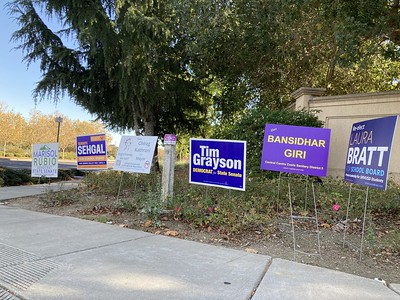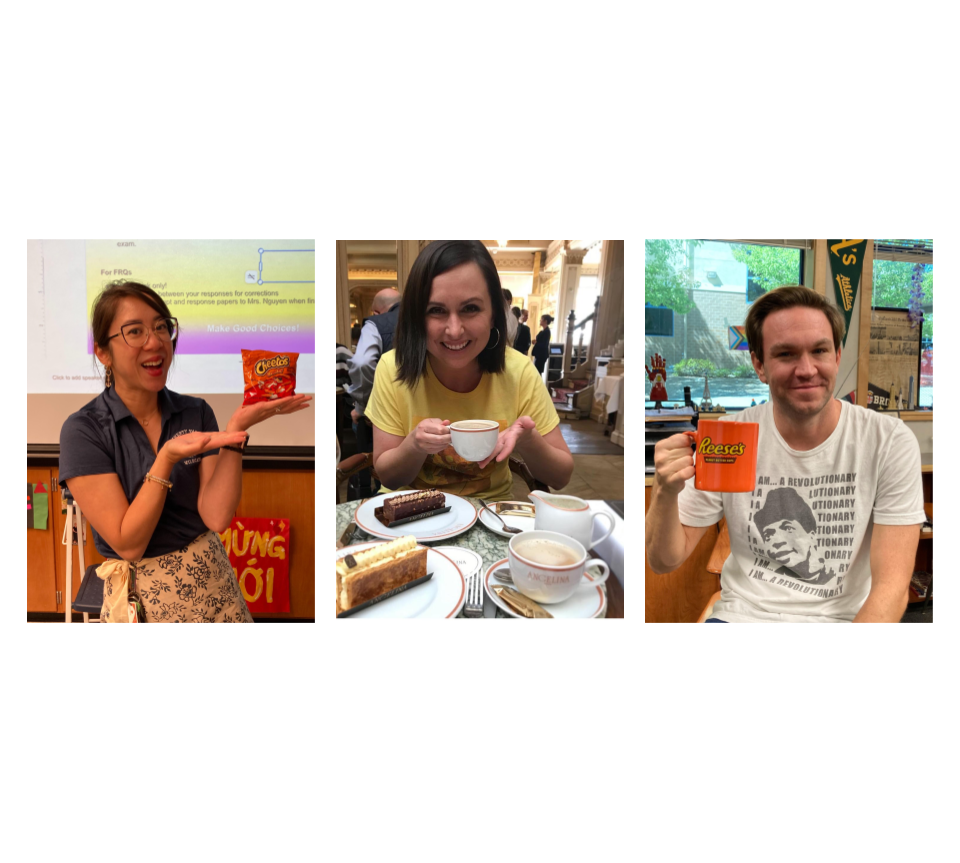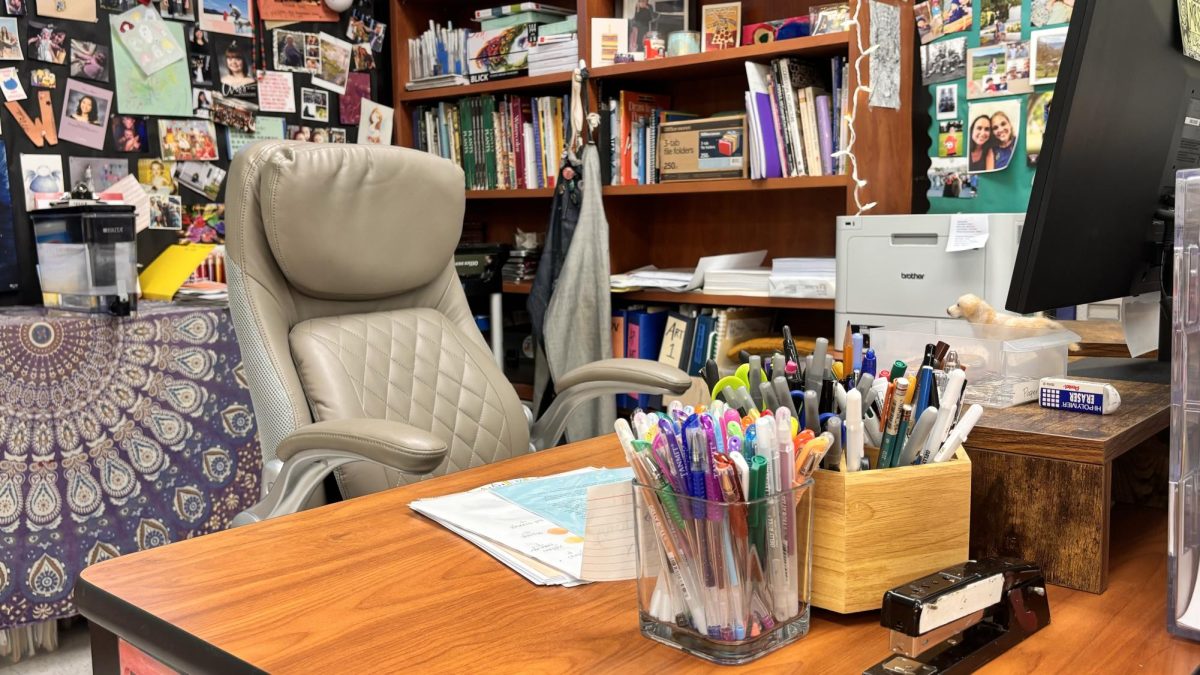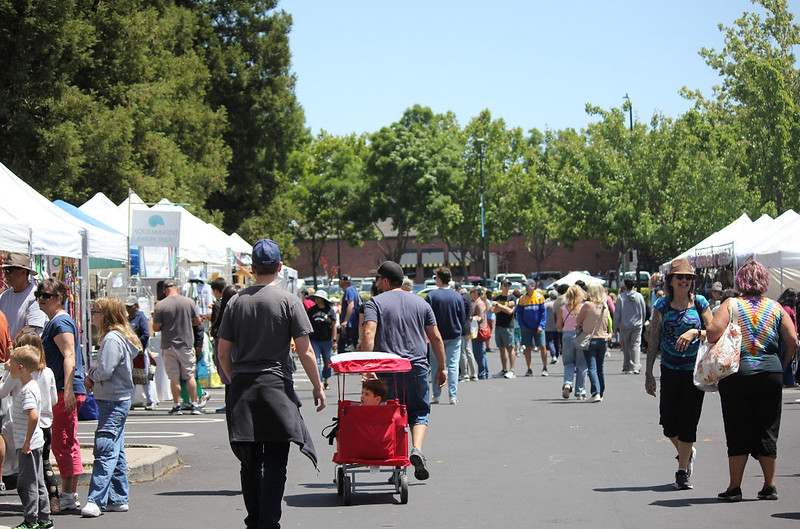
As the 2024 election approaches, eligible DVHS students prepare to vote for the first time. For this group of mostly seniors, Nov. 5 will be the first election in their lives they are able to do so.
“It’s kind of interesting because a lot of people, their first election is, you know, county or state, and it’s interesting that it’s the national presidential one,” senior Daniela Birkmane observed.
Others have a more uncertain viewpoint. Election-induced medical stress is a documented phenomenon. Furthermore, senior Jacob Herrera believes there are negative associations this year in particular.
“I feel like this being my first election is not ideal,” Herrera said. “There’s a lot of controversy surrounding all the different candidates, so it’s kind of hard to be excited about it.”
The majority of DVHS students are not eligible to vote due to their age or do not meet the citizenship requirement. Even among eligible 18 to 24-year-olds in Calif., voter registration rates and turnout are lowest of any age group at 47.4%, which is still a 10% increase from the previous presidential election.
However, for some students, there was strong encouragement to vote.
“Well, it’s my first year being able to vote, and so I thought it’d be interesting to start becoming politically active,” Herrera said. “My parents encouraged me to do it, [and] a lot of my teachers have told me to.”
On Election Day, DVHS’ Performing Arts Center will be open from as a polling location from 7 a.m. to 8 p.m. Students are not officially excused from classes to vote; some have opted to mail-in their ballots instead.
“It’s the most easy and convenient,” Herrera said. “I don’t have time to go to a polling place or anything. It’s easier to do it at home.”
For teenagers 16 and older, it’s possible to preregister to vote before they reach the legal age. Their registration will go into effect on their 18th birthday.
“I actually did it when I was getting my permit,” Herrera said. “It was pretty smooth. It was confusing to know if I actually preregistered or not, but once I got my ballot in the mail then I knew.”
Similar to Herrera’s case, Calif. has experienced an 8% increase in registration averages since the state adopted its “New Motor Voter” law in 2018, which added survey questions and optional voter registration to many DMV transactions. For those who opt for the traditional registration route, the extensive paperwork can be a struggle.
“I think it’s just very lengthy,” Birkmane said. “Even if the questions aren’t very hard, it’s just kind of grueling to fill out. I think for first time voters it’s a lot harder. I think you have to register every year, right? But I think it’s harder if it’s your first time.”
Despite the perception that individual votes hold no sway in Calif., a massive and solidly blue state, both students made the argument that showing up is worth it.
“If, let’s say, 49% of people say no on a vote for a proposition and 51[%] say yes,” Birkmane hypothesized, “even if it gets passed, you still know that there was opposition, that it wasn’t like a clear win. So later on, you can argue that ‘No, America’s not totally for this’.”
Herrera agrees on the statistical importance of turnout.
“Not maybe for the bigger campaigns, but for the smaller ones, like the propositions and the local representatives,” he said. “I feel like that matters a lot.”





